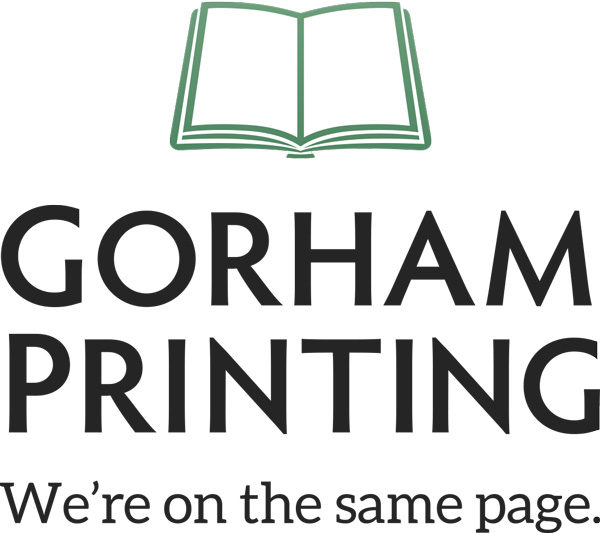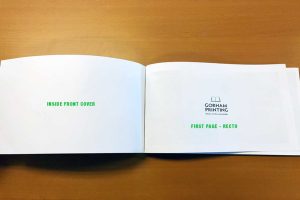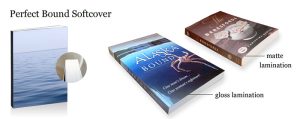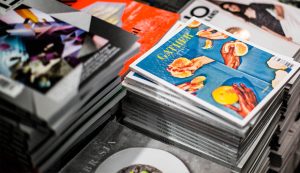Every book is its own adventure. This is specifically true about one of our authors who has been printing books for a decade with new titles almost every month. His name is David Robertson and he is an exceptional person, author and artist!
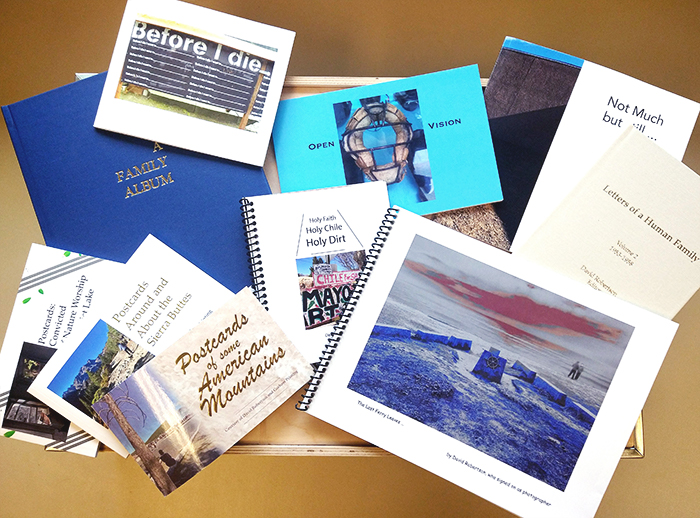
I have had the pleasure of working with him on a majority of his books and being able to talk to him about his journey and creative process. He has multiple series of books including family history hardcovers, photography journeys, and a new series of postcard books. When he and his wife are not traveling across the country or the world, he prepares these amazing books for printing. I had a chat with him recently to get his thoughts about his process and here is what he had to say:
GP: What was the inspiration for creating your first book?
DR: I used to do posters and deck of cards and brochures. When I began trying to make something out of our travels, none of these formats seemed to work really well. I would do one trip as a fold out or the like, and another as a deck of cards, but I began to feel they were not working all that well. So, eventually I thought, hmmmm, these trips ought to be a book.
GP: What made you choose Gorham Printing for your books?
DR: I ran a Bioregional Artist in Residence program here at Davis back 20 years ago. One of the artists was Mike Madison and he told me about you. Mike has become quite famous, reviewed in NY Review, etc., and the piece he did in the Artist in Residence became a chapter in his first book. So we deserve some credit here. So On the Road Ecology was my first book ever, except for scholarly books.
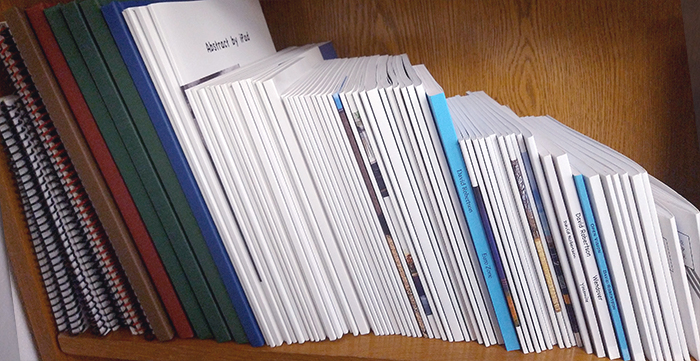
David always impresses us when we receive his files. His books are interesting and always pass the file review with flying colors. Out of all his books he has done, he is so meticulous with his editing that I can only remember maybe one time that he made changes to a proof. His editing process works fantastic for him!
GP: What is your editing and proofing process like?
DR: Chaotic! I go through the photos in the iPhone (or what cameras came before) and edit and delete. Then I download them and delete some more and get an idea what “hangs” together. By this time I have an idea of what the book is going to be about. Most of the time the basic idea comes on the trip on the basis of what I see and read. So I make a list on a sheet of paper of what photos might go together. And I make notes of what words might go with them. Then I go back through the photos and on paper say “yes” or “no” or “?” I go away for a few days. Return. Start the book in InDesign. Do a first draft. go away, for a week to a month. This is very important. I get too close to a book, so I have to go away so I can get some distance. I return and most of the time make significant revisions, ever so often change the whole idea because I don’t think it is working. I wait another 2 weeks or so and finalize the MS and after another 2 weeks, send it to you.
GP: How do you sell or give away your books?
DR: I do not sell books, ever. I give them away to friends and family and to anyone who asks for one.
GP: I know you use InDesign for setting up your book now, but have you always used in InDesign? Why did you choose InDesign?
DR: Used Photoshop and InDesign from the start. I decided I would force myself to do no shortcuts. Get the best and learn how to use them.
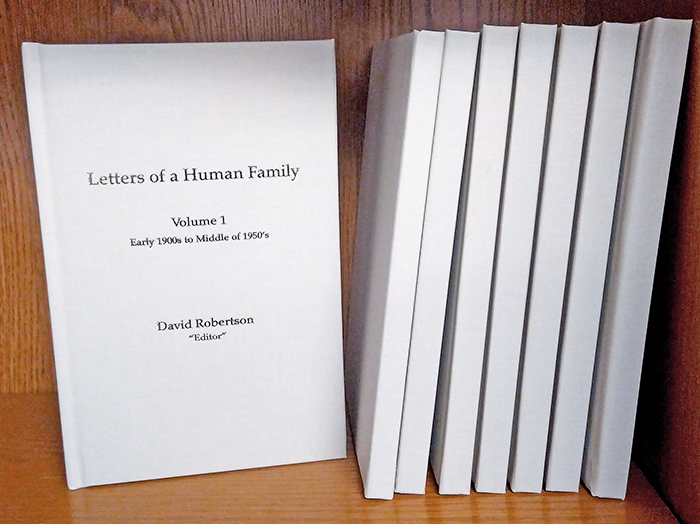
David has a mix of black & white and color images in most of his books. As part of our PDF Review, we always check to make sure the color count in files are correct. David worked with our team when he first started to understand the best way to set up black and white images to make sure they registered as true black and white images using grayscale settings. His files are always 100% accurate in his color count!
GP: What are the struggles you have faced with designing your book?
Ideas!!! Ideas are the most important ingredient. No idea, no book. (That may not always be true, you understand.) There are two basic ways to “show” photographs. One is as a series of individual pictures, each of which stands alone. Two is a “story.” That’s what I want. Readers of my books should start at the beginning, go through the book as if they were reading a novel, and get somewhere at the end, somewhere they were not at the beginning. Again, you understand, this may not always be true, but I am trying.
GP: You have a few different series of books, including photography travels, family history, and now postcard books. What advice would you give to new authors looking to start self-publishing?
Ask yourself, what do I really want to do. Me, myself, what do I really want my books to be. Then do it. And beware of praise. Praise makes you want to continue doing the things people like, instead of going in your own directions.
David let me know he has another book heading our way soon which will be another Postcard book. We always enjoy seeing his new adventures, new books and working with him. A few years ago he and his lovely wife stopped by our shop on one of their journeys. The team was so excited to meet them!
We hope to make a connection with each one of our authors just as we have with David and perhaps meet you one day as well!
